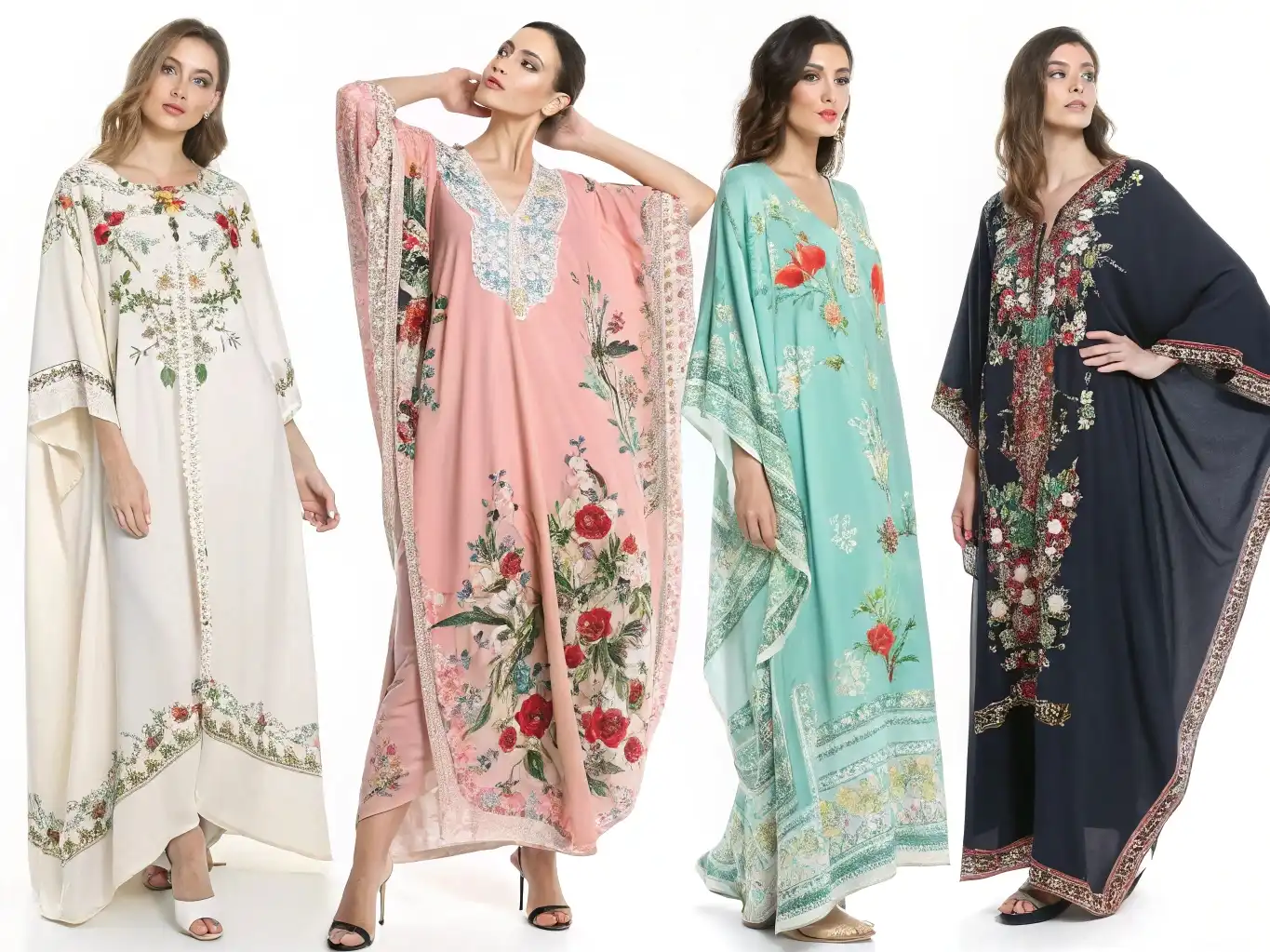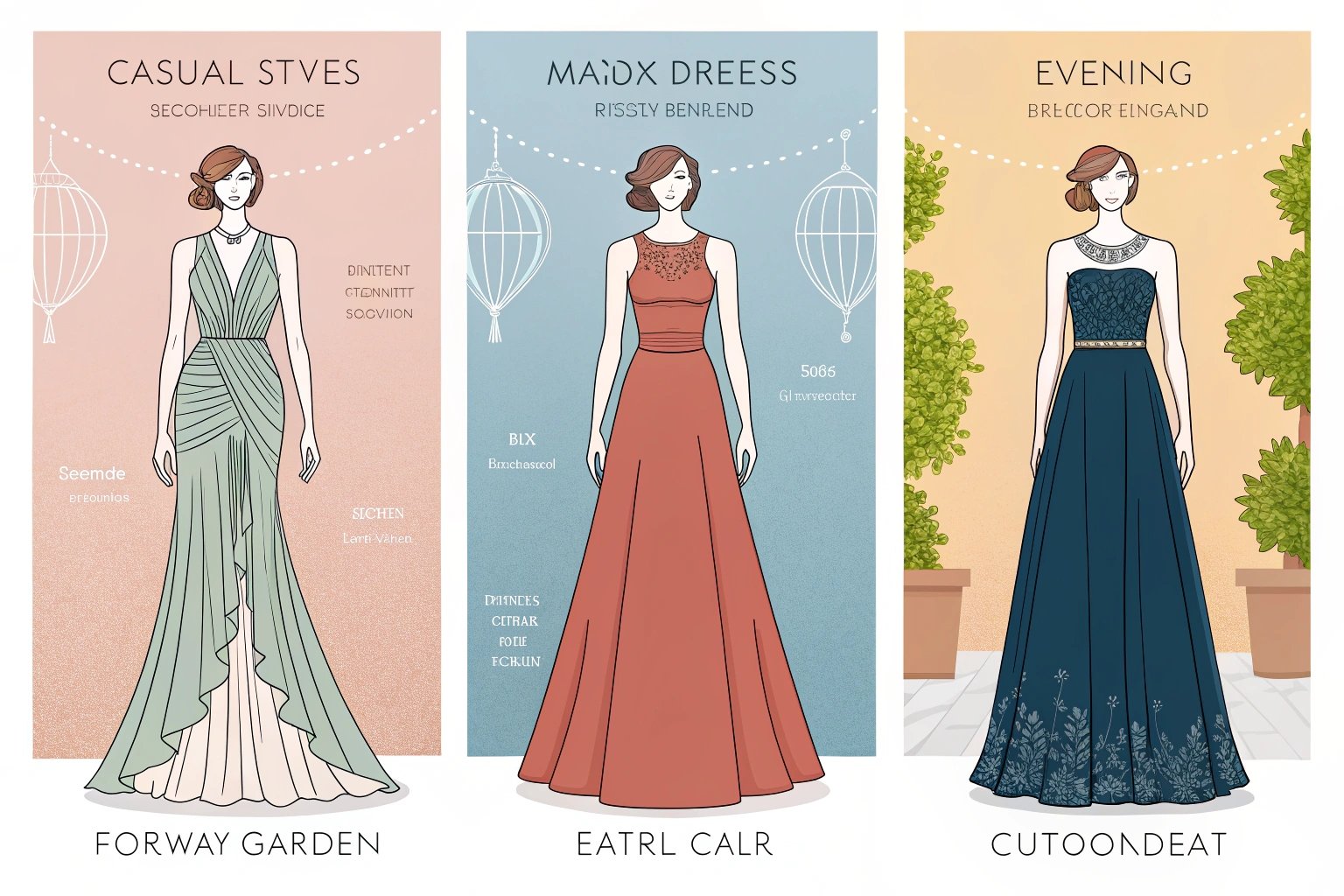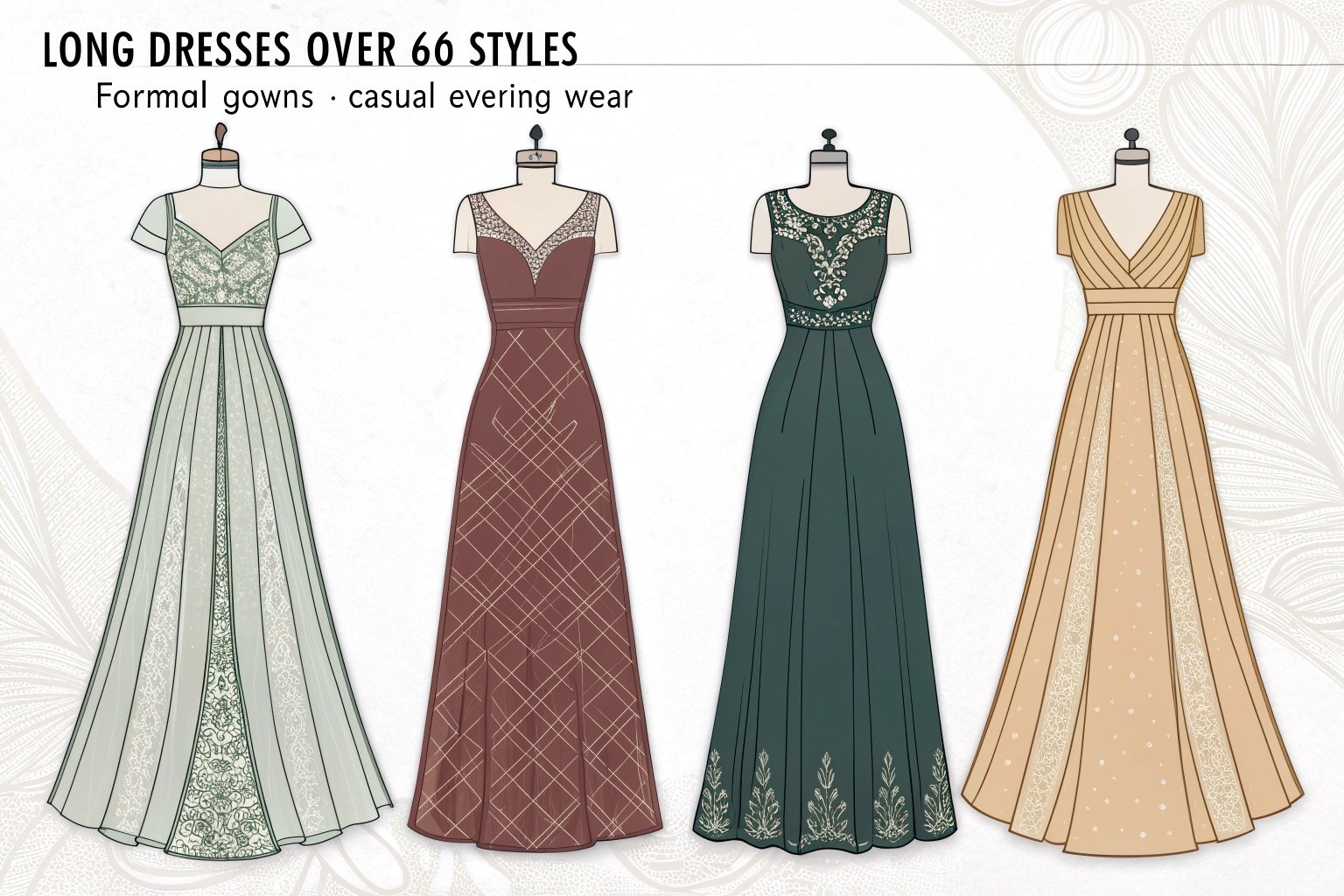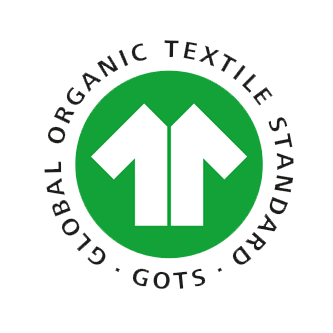At Xzapparel, we produce tens of thousands to over a hundred thousand garments monthly. We’ve observed a significant shift in the fashion industry towards sustainability, with brands seeking materials that are not only eco-friendly but also innovative and appealing to the modern consumer.
In 2025, sustainable clothing materials are defined by innovation, circularity, and performance. Brands are embracing bio-based textiles, recycled fibers, and plant-derived alternatives to meet environmental goals and consumer demand.
Let’s explore the forefront of sustainable materials shaping the future of fashion.
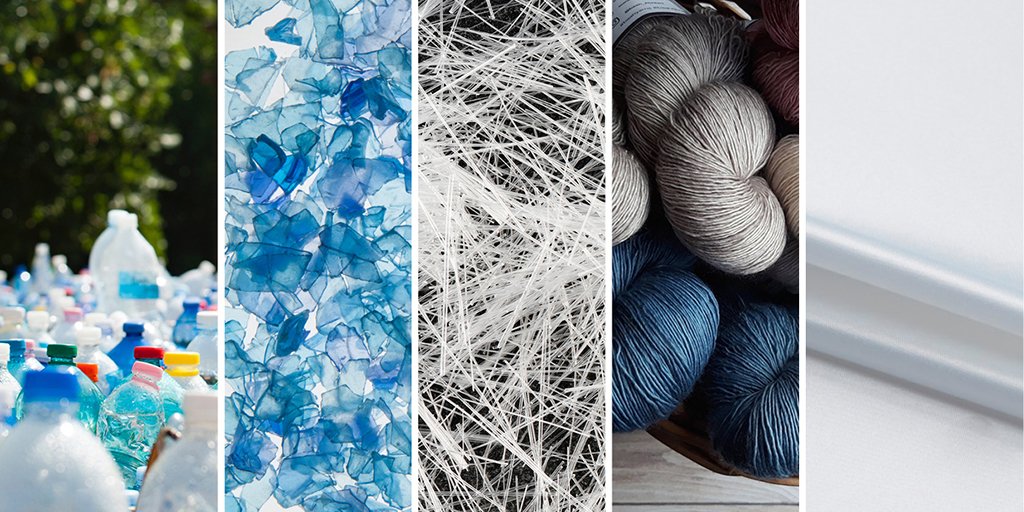
Why Are Sustainable Materials Crucial in Fashion Today?
The fashion industry is undergoing a transformation, with sustainability at its core. Consumers are increasingly aware of the environmental impact of their clothing choices, prompting brands to adopt eco-friendly materials.
Sustainable materials reduce environmental impact, promote ethical practices, and meet the growing consumer demand for eco-conscious fashion.
At Xzapparel, we’ve integrated sustainable practices into our manufacturing processes, ensuring that our clients receive products that align with their values and market trends.
Innovative Sustainable Materials Making Waves
1. Mycelium-Based Leather Alternatives
Mycelium, the root structure of fungi, is being used to create leather-like materials that are biodegradable and cruelty-free.
Mycelium leather offers a sustainable alternative to traditional leather, reducing animal harm and environmental impact.
Companies like MycoWorks and Ecovative are leading the way in developing mycelium-based materials, providing options for brands seeking ethical and eco-friendly leather substitutes.
2. Seaweed-Derived Textiles
Seaweed fibers, such as those produced by Keel Labs, are gaining popularity for their biodegradability and minimal environmental footprint.
Seaweed textiles are renewable, biodegradable, and require less water and land compared to traditional fibers.
These materials are suitable for various applications, including activewear and casual clothing, offering a sustainable choice for brands.
3. Recycled Polyester (rPET)
Recycled polyester, made from post-consumer plastic bottles, is a widely adopted sustainable material in the fashion industry.
rPET reduces plastic waste and energy consumption, offering a more sustainable alternative to virgin polyester.
Brands like Patagonia and Adidas have incorporated rPET into their products, demonstrating its viability in large-scale production.
4. Organic Cotton
Organic cotton is grown without synthetic pesticides or fertilizers, promoting soil health and biodiversity.
Organic cotton reduces environmental impact and is safer for farmers and consumers.
It’s a preferred choice for brands aiming to offer natural and eco-friendly products.
5. Hemp
Hemp is a fast-growing plant that requires minimal water and no pesticides, making it an environmentally friendly fiber.
Hemp fabric is durable, breathable, and biodegradable, suitable for various clothing items.
Its versatility and sustainability make it an attractive option for eco-conscious brands.

The Role of Circularity in Sustainable Materials
Circular fashion emphasizes the reuse and recycling of materials to minimize waste and environmental impact.
Implementing circular practices in material sourcing and product design is essential for a sustainable fashion industry.
At Xzapparel, we support circularity by offering services like garment recycling and using materials that can be easily repurposed or biodegraded.
Challenges and Considerations
While sustainable materials offer numerous benefits, there are challenges to consider:
- Cost: Sustainable materials can be more expensive due to limited supply and higher production costs.
- Performance: Some eco-friendly materials may not match the durability or functionality of traditional fabrics.
- Supply Chain: Ensuring transparency and sustainability throughout the supply chain requires diligent oversight and collaboration.
Despite these challenges, the long-term benefits of adopting sustainable materials outweigh the drawbacks, contributing to a healthier planet and meeting consumer expectations.

Conclusion
The shift towards sustainable materials in fashion is not just a trend but a necessary evolution. By embracing innovative and eco-friendly textiles, brands can reduce their environmental impact and cater to the growing demand for sustainable products.
At Xzapparel, we’re committed to supporting our clients in this transition by providing access to the latest sustainable materials and manufacturing practices. Together, we can create a more sustainable and responsible fashion industry.


